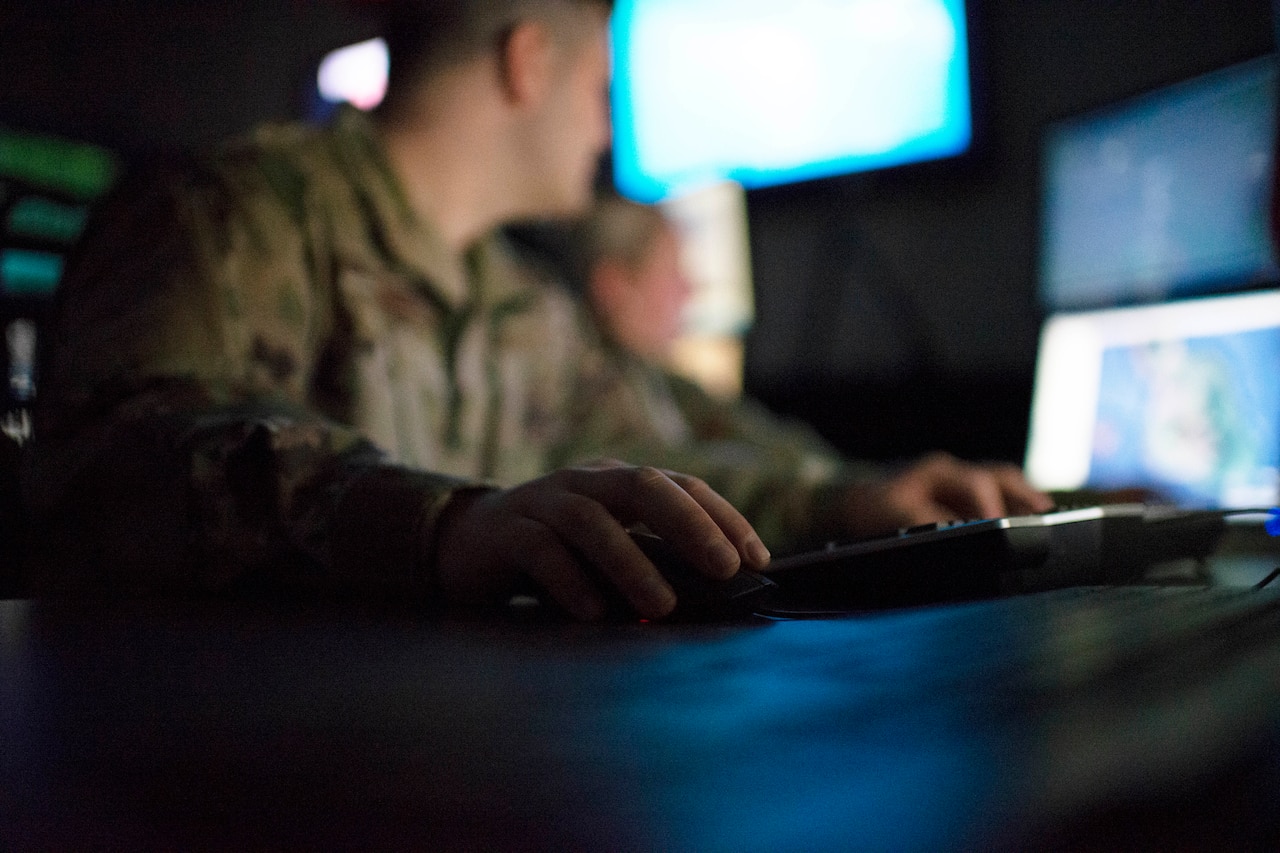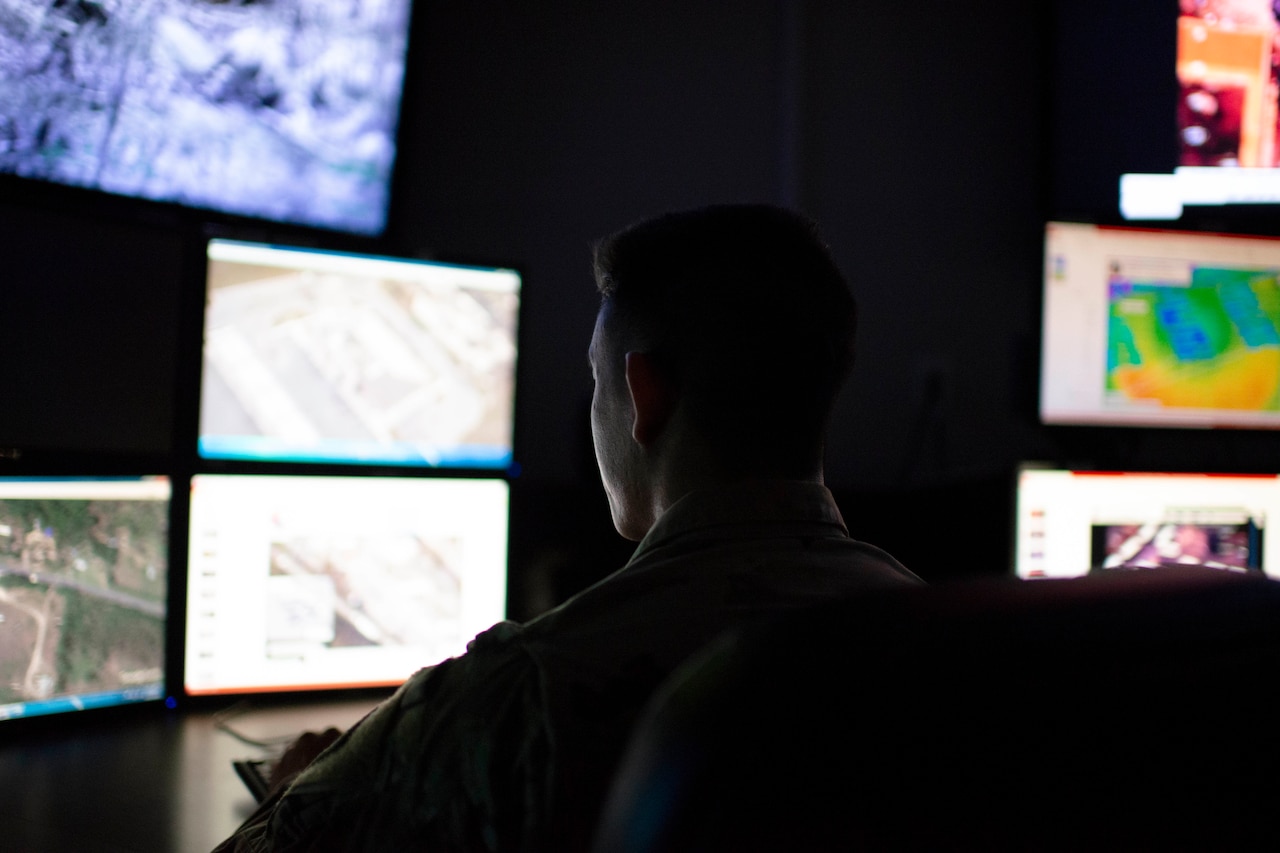
The U.S. Defense Department’s information technology capacity provides intelligence information to leaders and warfighters to give them a decision-making advantage.
The legacy systems that provide that capacity, however, must be modernized to ensure the United States doesn’t fall behind its competitors, said the deputy chief information officer for special access program information technology.
“Our nation continues to face a complex, evolving and diverse set of threats,” Cynthia J. Mendoza said yesterday at a forum sponsored by GovExec. “To counter these threats and remain ahead of our adversaries, it’s very important that we have timely, insightful and accurate data and information.”
U.S. adversaries, Mendoza said, are advancing in areas such as cybersecurity, artificial intelligence, machine learning and supply chain risk management. The U.S. must do the same.
“To confront these technology challenges, we must be united across the DOD in how we are scaling and operationalizing the IT infrastructure and securing it to provide for the best advanced technologies,” she said. “As we look forward, our challenge will be to scale and operationalize IT-enabling capabilities by leveraging key advanced technologies, such as artificial intelligence and machine learning, 5G wireless technology and quantum computing.”
Mendoza said she’s guided by three principles she believes will help her move the department ahead, but which are not at all new.
Those basic tenants include building trusted partnerships, understanding mission results and outcomes, and leveraging best practices and lessons learned.
“I call these ‘getting back to basics,'” she said.
Stakeholders in the IT modernization strategy don’t just include the department, the intelligence community, international partners, the private sector, academia and Congress, Mendoza said.

“I honestly believe people are the ‘secret sauce,'” Mendoza said. “They will make the capability real. It all begins with building and developing a stakeholder engagement strategy that is inclusive of all key enterprise stakeholders and focused on a particular capability gap.”
She said trusted partnerships with stakeholders enable DOD to rally around a common purpose with accountability to deliver capabilities with an enduring commitment for success.
Mendoza also said the department needs to be clear on what it wants to do — it must understand mission results and outcomes.
“What problem are we trying to solve?” she asked. “We need to be clear on the result and the outcome we are all working to accomplish. We need to ensure that we validate this with our stakeholder community and that they understand the intended outcome.”
Leveraging best practices and lessons learned is also critical to avoid “reinventing the wheel” when addressing DOD’s mission goals and objectives, she said.
“We leverage lessons learned from our colleagues who are doing similar things,” she said. “Best practices and best solutions go hand-in-hand, and so do best approaches: reference architecture frameworks, service-centric and platform based environments, common operating principles, speaking and operating from the same ontology. These are fundamentals, best practices that eliminate our need to reinvent the wheel.”

